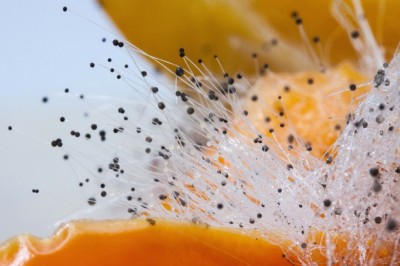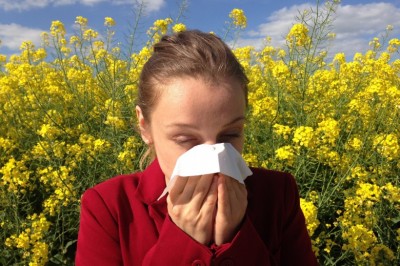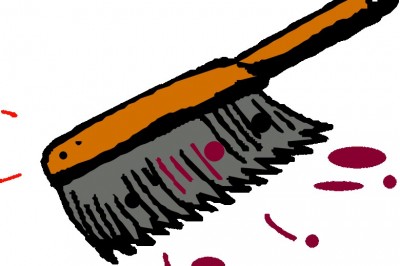How to get rid of your hay fever virtually automatically !!
Hay fever is an allergic reaction to airborne particles that primarily affects the nose and eyes.
It is caused by outdoor allergens, and perennial allergic rhinitis by indoor allergens. Symptoms of hay fever resemble a cold, except that they occur only at particular times: during certain seasons or weather patterns (hay fever), and around certain animals or small household pests (perennial allergic rhinitis).
Millions of people are affected by allergic rhinitis. Many people who have allergic rhinitis also have asthma.
Causes of Hay Fever
The bodys immune system is designed to fight harmful substances like bacteria and viruses. But hay fever, the immune system overresponds to substances that are harmless to most people -- like pollen, mold, and pet dander -- and launches an assault.
This attack is called an allergic reaction. In an allergic reaction, substances called histamine (among other chemicals) are released. Histamines contribute to the symptoms of Symptoms include runny nose, itchy eyes, itchy skin.
Seasonal allergic rhinitis is caused by an allergic reaction to pollens and spores (depending on the season and area) as they are carried on the wind. Sources include:
Ragweed – the most common seasonal allergen
Grasses
Trees
Fungus (mold growing on dead leaves)
Year-round allergic rhinitis is caused by an allergic reaction to airborne particles from the following:
Animal dander (skin flakes)
Dust and household mites
Cockroaches
Molds growing on wall paper, house plants, carpeting, and upholstery
Symptoms of Hay Fever
Itchy and watery eyes.
Frequent sneezing,runny nose.
Itching on the roof of the mouth.
Coughing
Wheezing or a burning sensation in the throat.
Helpful Herbs for hay fever
Butterbur (Petasites hybridus)
Butterbur has been traditionally used to treat asthma and bronchitis and to reduce mucus. A study of 125 people with hay fever found that an extract of this herb was as effective and less sedating than cetirizine, a commonly prescribed non-sedating antihistamine. The study lasted only 2 weeks, and while it shows promise, it is not known what would be the effect of using butterbur over a longer time period.
Evening Primrose (Oenothera biennis)
This herb is considered by some to be a potential treatment for allergic rhinitis because the main active ingredient in it is gamma-linolenic acid (GLA), an essential fatty acid that may relieve allergy symptoms.
Stinging Nettle (Urtica dioica/Urtica urens)
Stinging nettle has traditionally been used for treating a variety of conditions, including allergic rhinitis. Studies thus far have been favorable, but not overwhelmingly so.
More research is needed, but you may want to talk to your doctor about whether it is safe for you to try nettle as a possible alternative treatment.
P.S. For immediate relief from your hay fever , please visit http://www.thenaturalremedies.com






















